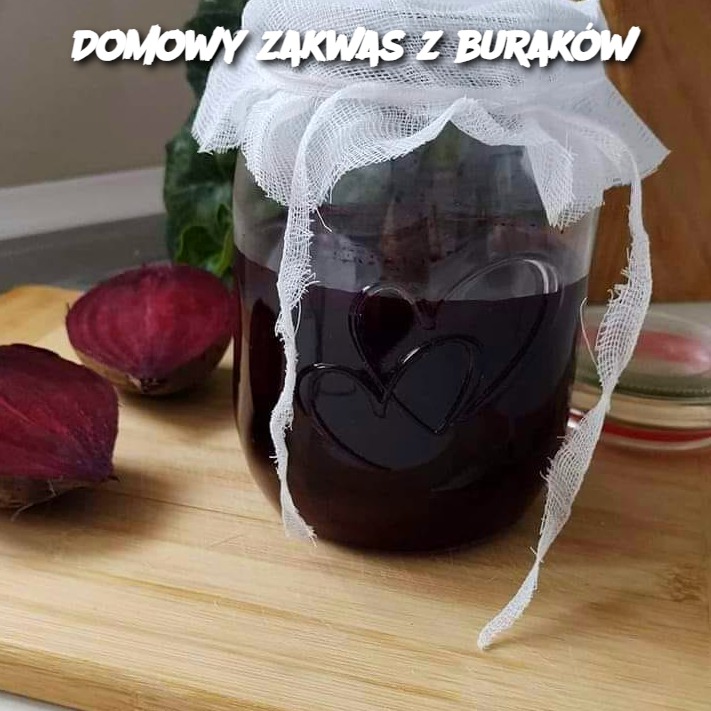Serving: Serve cold, either on its own or as an ingredient in soups or salad dressings. It’s refreshing and energizing, especially on warm days.
Storage: Keep the kvass in the fridge for up to two weeks. It will continue to ferment, but at a slower rate. Be sure to store it in an airtight container to avoid contamination.
Variations:
Spicy Zakwas: Add a few peppercorns or a small piece of horseradish for an extra kick.
Herbal Zakwas: Experiment with different herbs like dill or thyme for a unique twist.
Fermented Beetroot & Apple Kvass: Add a chopped apple for a slightly sweeter version of the traditional kvass.
FAQs:
Can I use other vegetables for this recipe?
Yes, you can experiment with other root vegetables like carrots or parsnips, though beets are the classic choice for this recipe.
How do I know if my beetroot kvass has gone bad?
If the kvass develops an off smell, is excessively slimy, or shows signs of mold, discard it. Properly fermented kvass should have a tangy, slightly sour odor.
Can I reuse the beets for another batch of kvass?
While you can reuse the beets for another batch, the second fermentation will not be as strong. It’s best to use fresh beets for each new batch for optimal flavor and health benefits.
What are the health benefits of beetroot kvass?
Beetroot kvass is rich in probiotics, which can support digestion and gut health. It’s also packed with antioxidants and can help lower blood pressure and improve liver function.



Yo Make również polubił
🥢 Varză Savuroasă cu Ou Sot – Ușoară, Hrănitoare și Irezistibilă! 🥬🍳
Domowe Drożdże Piekarskie – Naturalna Fermentacja w Twojej Kuchni”
* Zeppole di San Giuseppe: Harmonia smaków, która zdobywa serca
rożki budyniowe – przepis na szybki deser